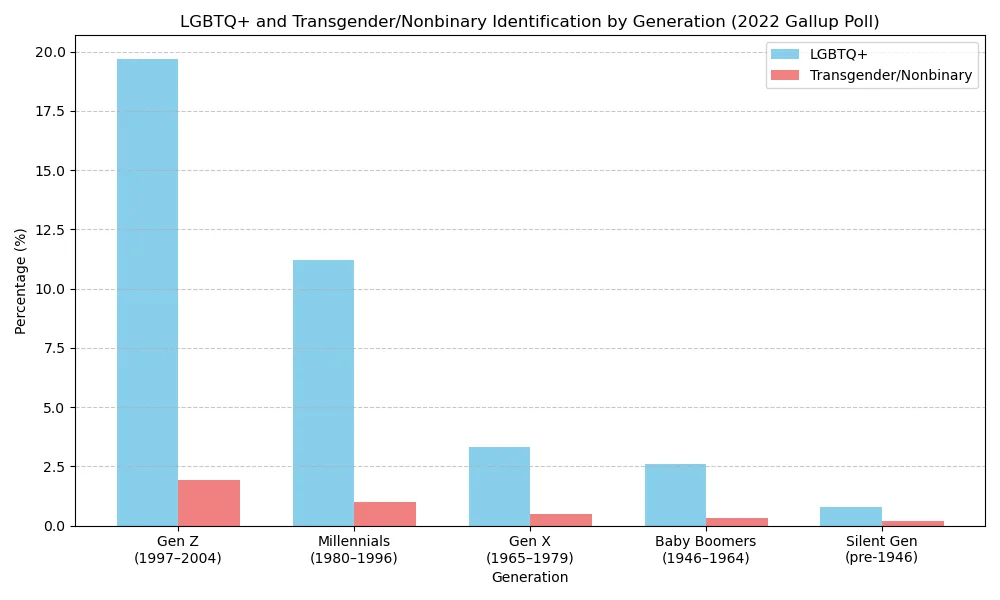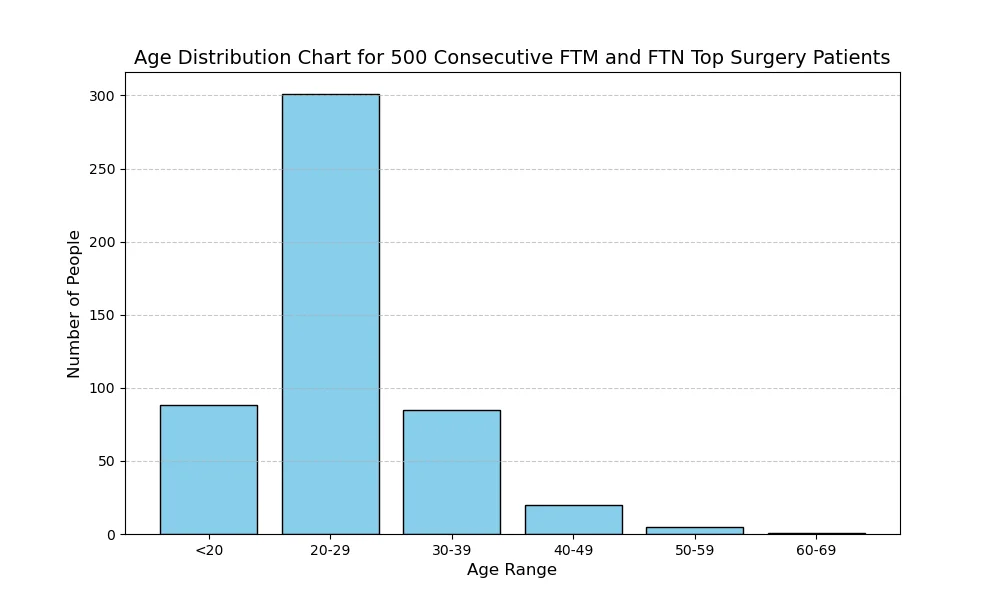
For a very long time, you may have felt like you were living in the wrong body. The female body you were born into doesn’t align with who you truly are.
After years of reflection, emotional struggle, and soul-searching, you’ve come to understand that you are a man living in a woman’s body—or perhaps you identify as neither male nor female, as someone who is nonbinary or gender-queer.
This disconnect between your body and your true gender identity can be deeply distressing. It may contribute to ongoing feelings of frustration, confusion, anxiety, depression, or even self-harm.
Gender dysphoria is real, persistent and often incredibly painful emotionally.
Why This May Feel New—But Isn’t
Although gender diversity has existed throughout history, public awareness and understanding of transgender and nonbinary identities were minimal until relatively recently. In the U.S., early forms of transgender activism began emerging in the 1960s. Back then, terms like “transsexual” and “tranny” were commonly used—even within the community—though they’re now outdated and often considered offensive.
By the 1990s, the term transgender gained traction, accompanied by a growing academic interest in gender fluidity and queer theory. The early 2000s brought greater visibility with public figures like Chaz Bono, Cher’s daughter who came out as a transman, sharing their journeys.
A Cultural Shift in the 2010s and Beyond
The 2010s marked a significant turning point. Shows like Orange is the New Black, the rise of social media platforms like Tumblr and Twitter, and the very public transition of Caitlyn Jenner in 2015 brought transgender and nonbinary experiences into the cultural spotlight.
Since then, public awareness and conversations around gender identity have expanded rapidly. This has allowed many individuals—especially younger generations—to access information, connect with supportive communities and seek gender-affirming care, including top surgery.
Why So Many Young People?
Along with the increasing exposure and dialogue over time related to transgender and gender nonbinary issues, there has also been a curious, if not somewhat baffling explosion of the percentage of individuals identifying as such. Recent data, such as a 2022 Gallup poll, highlights a sharp increase in the number of people—especially Gen Z and Millennials—who identify as LGBTQ+, including transgender and nonbinary. (See Chart 1)

Chart 1
Understandably, most people who pursue top surgery today are younger. They’ve grown up with more visibility, acceptance and resources than previous generations. The chart below clearly shows this by showing the age distribution of 500 consecutive recent FTM and FTN top surgery patients of mine. (See Chart 2)

Chart 2
What If You Realize It Later in Life?
If you’re a member of Generation X or a Baby Boomer, your formative years likely lacked the information, support and language that younger people now have. Without the internet, smartphones or social media, finding others who felt the same—or even understanding your own feelings—may have seemed impossible.
Mental health professionals of the past were often unequipped to recognize or support gender dysphoria, and societal acceptance was limited at best.
Now, though, you have access to information, community and qualified medical care. You may have lived for decades adapting or coping—but that doesn’t mean you have to keep doing so.
Is It Too Late to Transition? Should You Consider Top Surgery?
If you experience ongoing gender dysphoria and if your physical appearance causes distress or doesn’t reflect who you truly are, gender affirming top surgery may be the right choice for you—regardless of your age.
You deserve to live authentically and comfortably in your own body. Top surgery can provide profound emotional relief and improve your overall quality of life.
Why not be happier at least for the rest of your life?
Go for it!
Even if you’re in your 50s, 60s or beyond, you may not be too old.
Of course, it’s important to consider other factors, such as your general health, financial situation and access to care. But age alone is not a disqualifier.
Real-Life Story: Top Surgery in His 60s
One of my patients—a transman in his 60s—had always felt different, even as a child. But growing up without the resources or visibility that exist today, he struggled for decades to understand his feelings.
It wasn’t until later in life that everything finally made sense. He began living openly as a man and had been on testosterone for years when he came to me for a consultation.
At age 63, he underwent FTM top surgery using the double incision mastectomy with free nipple grafts technique. His recovery was smooth, with no complications and he was thrilled with the results. (Photos A – F)

A) 63 year old transman before FTM top surgery

B) 63 year old transman 8 months after FTM top surgery

C. Before FTM top surgery

D) 8 months after FTM top surgery

E) Before FTM top surgery

F) 8 months after FTM top surgery
He told me that having top surgery was the best decision he’s ever made—and that it transformed not just his body, but his confidence, emotional well-being and quality of life.
Despite being in his 60s!
The Bottom Line
You are almost never “too old” for gender affirming top surgery.
If you’ve spent years—maybe even decades—feeling disconnected from your body, you deserve the opportunity to change that. You deserve to live authentically, comfortably and with confidence.
Follow your heart and your truth. You have options.
Schedule Your Consultation
If you’re considering FTM or FTN top surgery and would like to learn more, I invite you to schedule a consultation with me, Dr. Steven H. Turkeltaub, at the Arizona Center for Aesthetic Plastic Surgery.
You can reach us by phone at (480) 451-3000 or contact us through our website.
Steven H. Turkeltaub, M.D. P.C.
Scottsdale and Phoenix, Arizona






